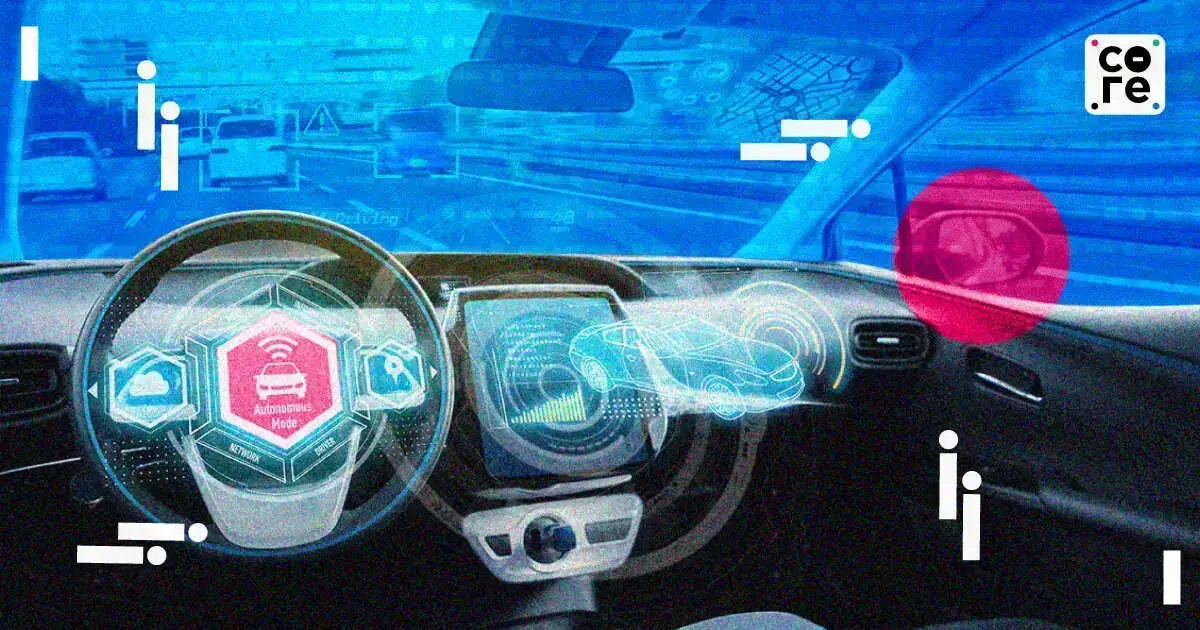
Cars
In recent years, the auto industry has made incredible strides toward developing self-driving cars, pushing the boundaries of what once seemed like pure science fiction. From driver assistance systems to AI-driven decision-making, technology is rapidly reshaping the way we travel. But how close are we to a world where fully autonomous vehicles become the norm?
Let’s take a deep dive into where things stand today, what challenges remain, and what the road ahead looks like for the future of autonomous vehicles.

🚘 Understanding the Levels of Autonomy
To assess how close we are to full automation, it’s important to understand the levels of vehicle autonomy as defined by the SAE (Society of Automotive Engineers):
Level 0: No automation – full driver control
Level 1: Basic assist (e.g., cruise control)
Level 2: Partial automation – adaptive cruise control & lane centering (driver still monitors everything)
Level 3: Conditional automation – car drives itself, but driver must be ready to take control
Level 4: High automation – no human needed in specific conditions
Level 5: Full automation – car can drive anywhere, anytime, with no human involvement
Most current commercial cars fall into Level 2, with some experimental models reaching Level 3 under controlled environments.
🤖 Where Are We Now?
Advanced automakers and tech companies like Tesla, Waymo, and others are investing billions into perfecting autonomous driving. Features like lane-keeping, automatic emergency braking, and smart cruise control are already common.
Tesla's Autopilot and Full Self-Driving (FSD) aim for Level 4 autonomy but still require driver oversight.
Waymo operates fully driverless taxis in limited zones, but the vehicles are geofenced and can't operate outside preset areas.
Mercedes-Benz introduced Drive Pilot, a certified Level 3 system in select countries, but only for specific road conditions.
So while we are on the brink of Level 3 and experimenting with Level 4 in confined areas, true Level 5 autonomy is still a few years away.
🧠 What Powers Self-Driving Cars?
At the core of every autonomous car is a complex network of:
Sensors: LIDAR, radar, ultrasonic, and cameras to detect surroundings
AI Algorithms: To interpret real-time data and make decisions
Mapping & GPS: For precise location awareness and navigation
Machine Learning: For adapting to driving patterns, environments, and unexpected obstacles
The goal is to make self-driving vehicles safer, smarter, and more adaptive than human drivers — even in unpredictable environments.
⚠️ The Roadblocks to Full Autonomy
Despite impressive progress, full autonomy faces several hurdles:
Infrastructure Limitations: Not all roads are mapped or equipped for AVs.
Legal & Regulatory Barriers: Laws vary by region, and most still require a human driver.
Ethical Dilemmas: How should an AI choose in a no-win scenario?
Weather & Unpredictability: Rain, sand, or fog can obscure sensors.
Cybersecurity Risks: Autonomous cars rely on software — and hackers are a risk.
Public Trust: Many people are still hesitant to ride in a car without a driver.
🌐 Global Momentum & Real-World Testing
Several regions across the world are fast-tracking testing zones for autonomous vehicles. Smart cities are adapting with connected infrastructure that allows cars to "talk" to traffic lights, other vehicles, and road systems. In some countries, robotaxis are already operational within set limits, and autonomous shuttles are being introduced for last-mile travel.
🔮 What’s Next for Autonomous Cars?
The near future will likely include:
Wider Level 3 approvals in premium vehicles
Robotaxi expansion in geo-fenced city areas
AI enhancements for better judgment in unpredictable conditions
Improved V2X (Vehicle-to-Everything) communication for smarter traffic management
Mass adoption of Level 5 self-driving cars may still be 5–10 years away, but the progress is undeniable. Autonomous technology is evolving every month, and cities are slowly preparing to welcome the future.
✅ Conclusion: Not There Yet, But Getting Closer
Self-driving cars are no longer just a concept — they are real, evolving, and already reshaping mobility. While a fully autonomous future isn't here today, we are well on the way. With ongoing improvements in AI, infrastructure, and public policy, self-driving cars may soon become a common sight on highways and city streets alike.
As we move forward, one thing is clear: the journey to full autonomy is not a sprint, but a careful, calculated drive — and we’re all passengers on this road to the future.

Stay up-to-date








